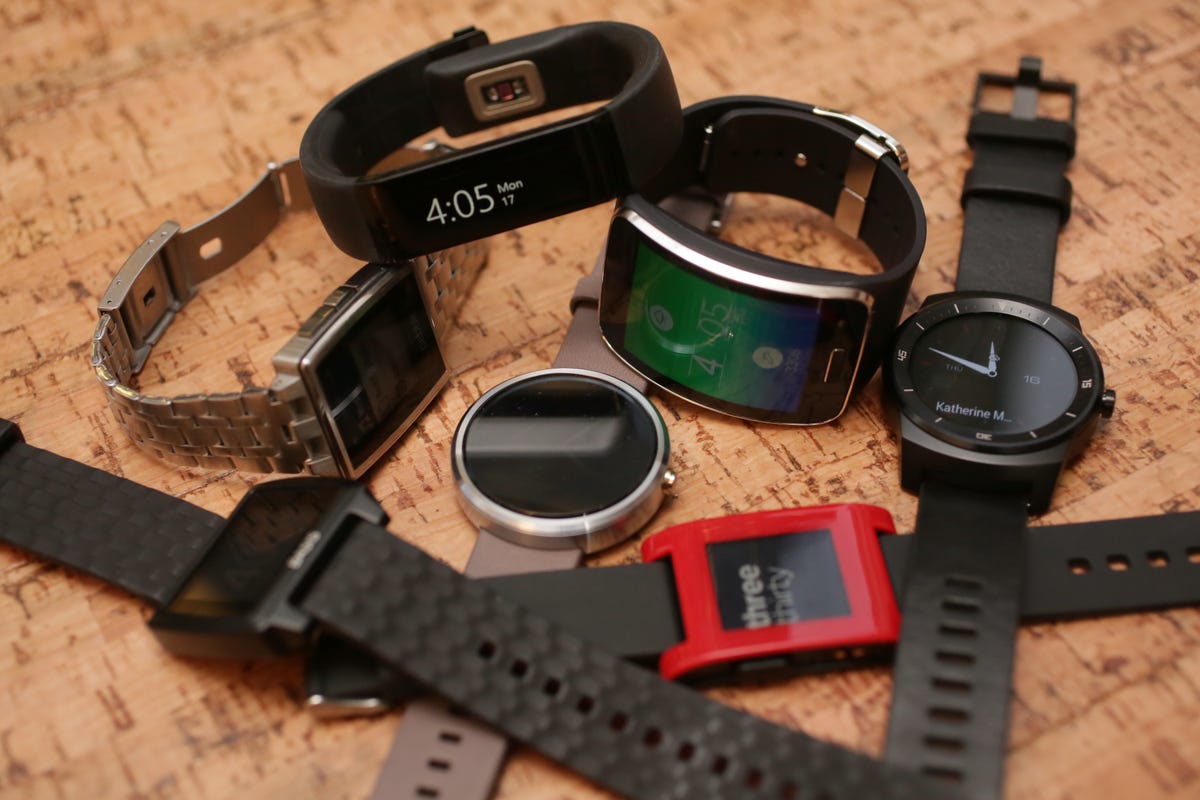
Sarah Tew/CNET
My wrists are tired.
It’s been a long year in wearables. Smartwatches and fitness trackers emerged in numbers too great to count. Glasses? Not so much. As the dust settles on a year full of wearable things, it’s all been about what you can wear on your wrist.
Top holiday picks for wearable tech






The trends can be best summarized in terms of the products themselves: experimental, bold and — mostly — flawed. Here are the most iconic products of the year: the most interesting ones we’ve worn and the ones that best summarize 2014.
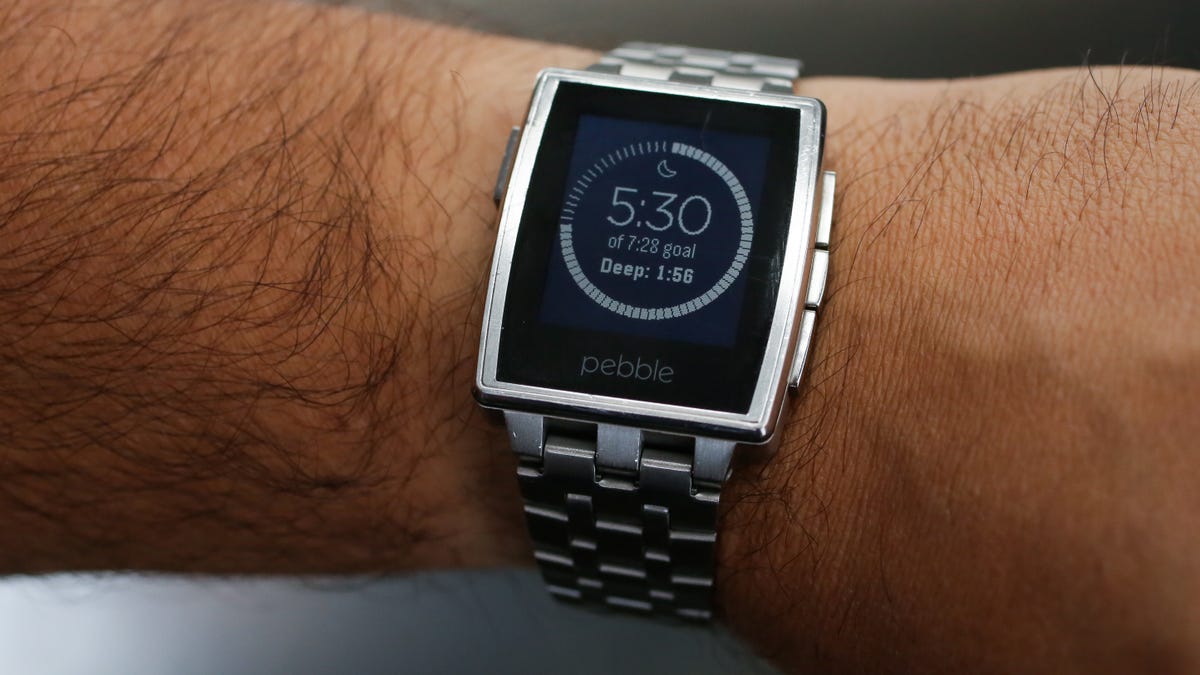

Sarah Tew/CNET
Good products slowly turning into great ones: Pebble Steel
The Pebble watch was the poster-child for what can happen to a gadget that keeps getting software attention and regular updates. A revamped design in the Pebble Steel back in February was followed by an app store, background step counting, more reliable Bluetooth connectivity, and a lot of new apps. The Pebble Steel isn’t bleeding-edge, but it’s one of the very best watches this year. It’s been well over a year of evolution, but the Pebble shows what can happen when products are properly polished.
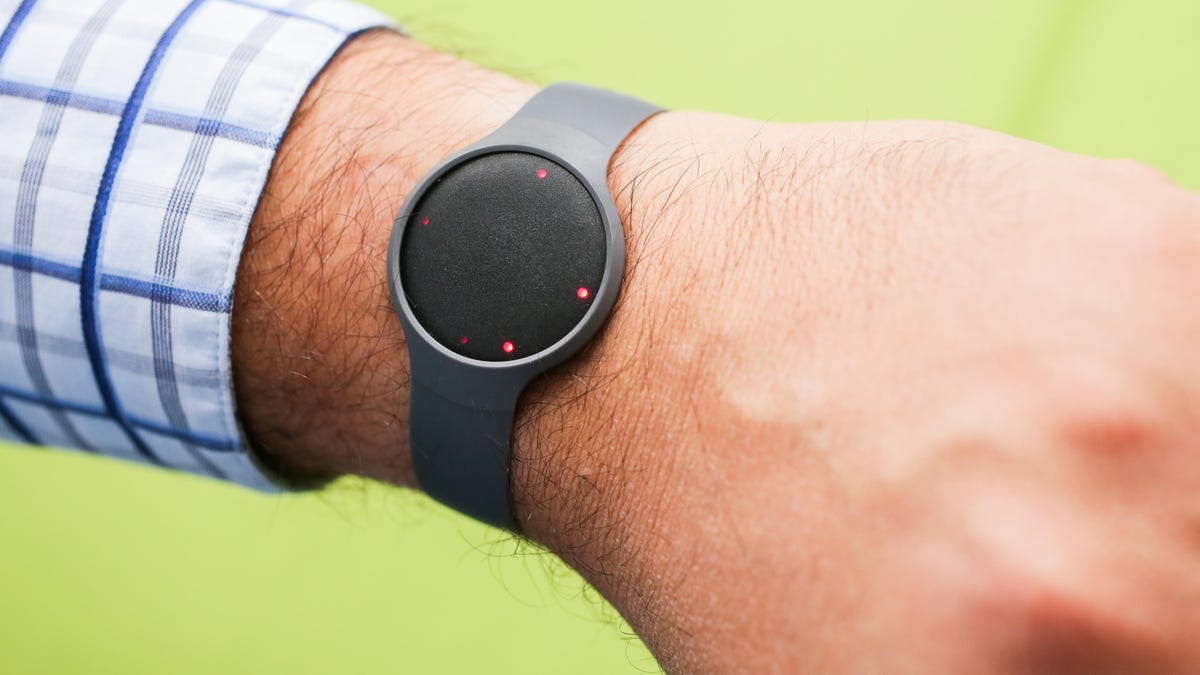

Sarah Tew/CNET
Good, cheap fitness trackers: Misfit Flash
Last year, most fitness accessories hovered around $100. This year, many little bands and trackers are hitting the $50 mark, often with similar feature sets to what you could get a year ago. The Misfit Flash and Jawbone Up Move aren’t beautiful, but they get the job done. Recent discounts on older trackers that still work fine abound, too.
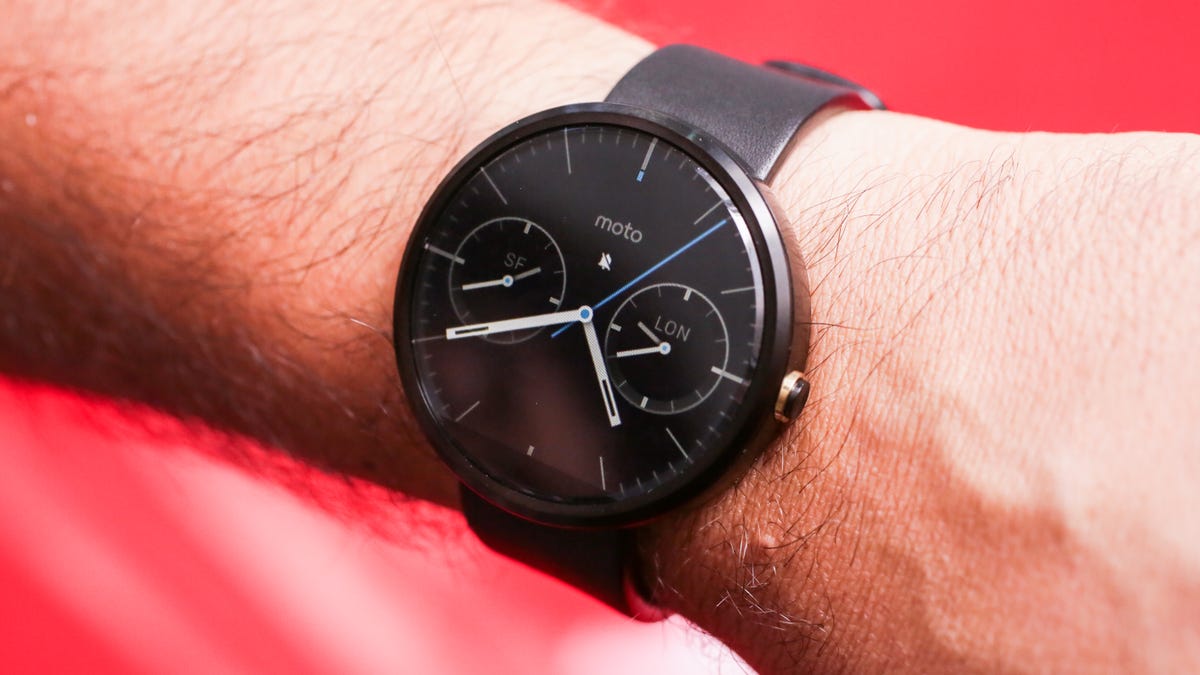

Sarah Tew/CNET
The emergence of Android Wear: Moto 360
Android Wear has problems — lots of them, actually. But it’s the first major wearable platform, and a huge first step for Google. We saw not only the launch of a smartwatch operating system, but the debut of over half dozen watches made by manufacturers ranging from Asus to Samsung. Android Wear keeps getting better step by step, and the hardware’s improving, too. 2015 should be a huge year for Android Wear. In 2014, the Moto 360 was the most recognizable poster child for Android Wear’s promises, and also its flaws.
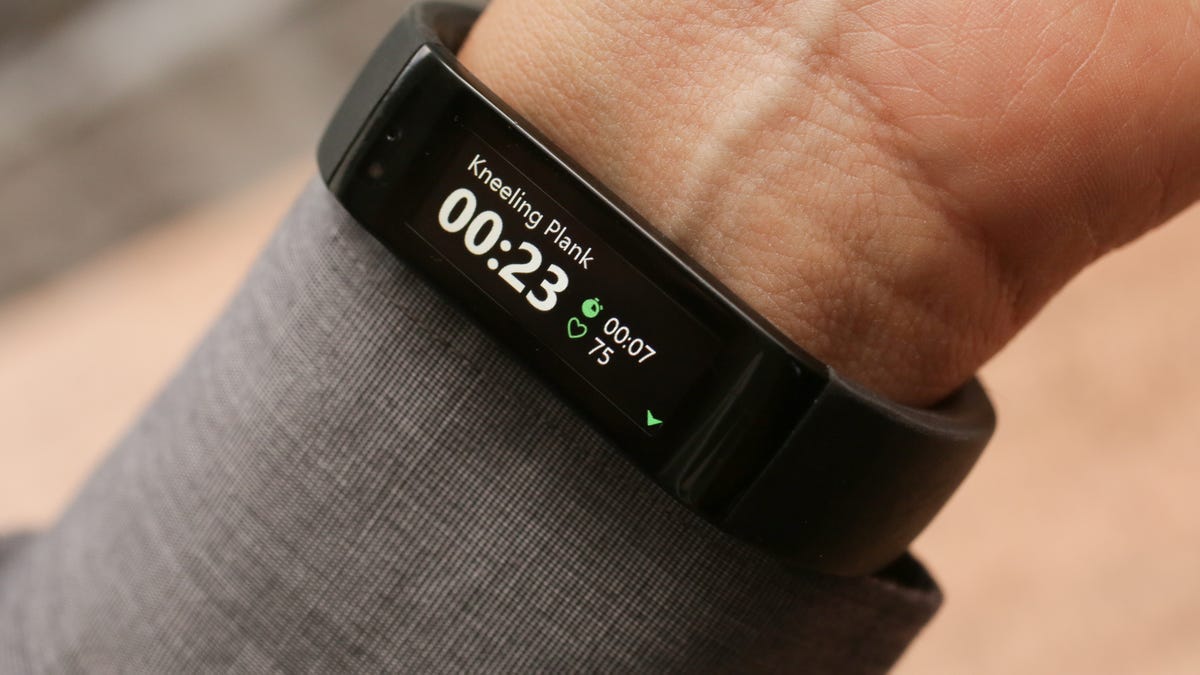

Sarah Tew/CNET
Fitness bands strive for more than just step-counting: Microsoft Band
Heart-rate tracking and even GPS were some of the extras that made some all-in-one fitness bands aim to be even better. Nothing pushed harder at the seams of the “smart fitness band” territory than the Microsoft Band: 24-hour heart rate tracking, UV sensing, GPS-mapping, and with a full set of watch-like message notifications to boot. The only problem is that the whole package ends up being more messy than good, but the Microsoft Band is a solid first step toward what to expect next in fitness bands.
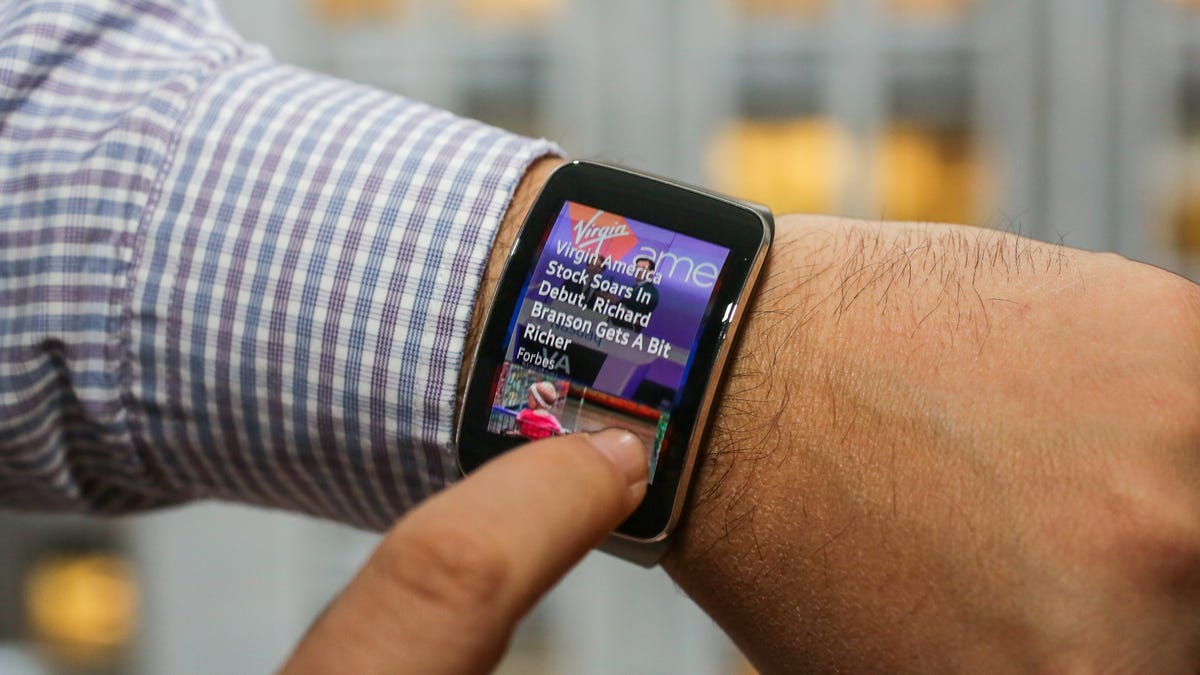

Sarah Tew/CNET
Too many watches: Samsung Gear S
Samsung just made too many damn watches this year. Five debuted in less than 12 months, each of them just different enough to create confusion in an already confusing landscape. Most Samsung Gear watches only work with Samsung phones. One is an Android Wear model ( Samsung Gear Live ). One’s really a smart fitness band ( Gear Fit ). And then there’s the Gear S, a curved-screen mega-watch that’s a full standalone phone with SIM card. It’s bleeding-edge stuff, but Samsung’s Gear watches ended up being all over the map, and too app-limited to be great yet. Next year, hopefully, we’ll see fewer watches but more focused software.
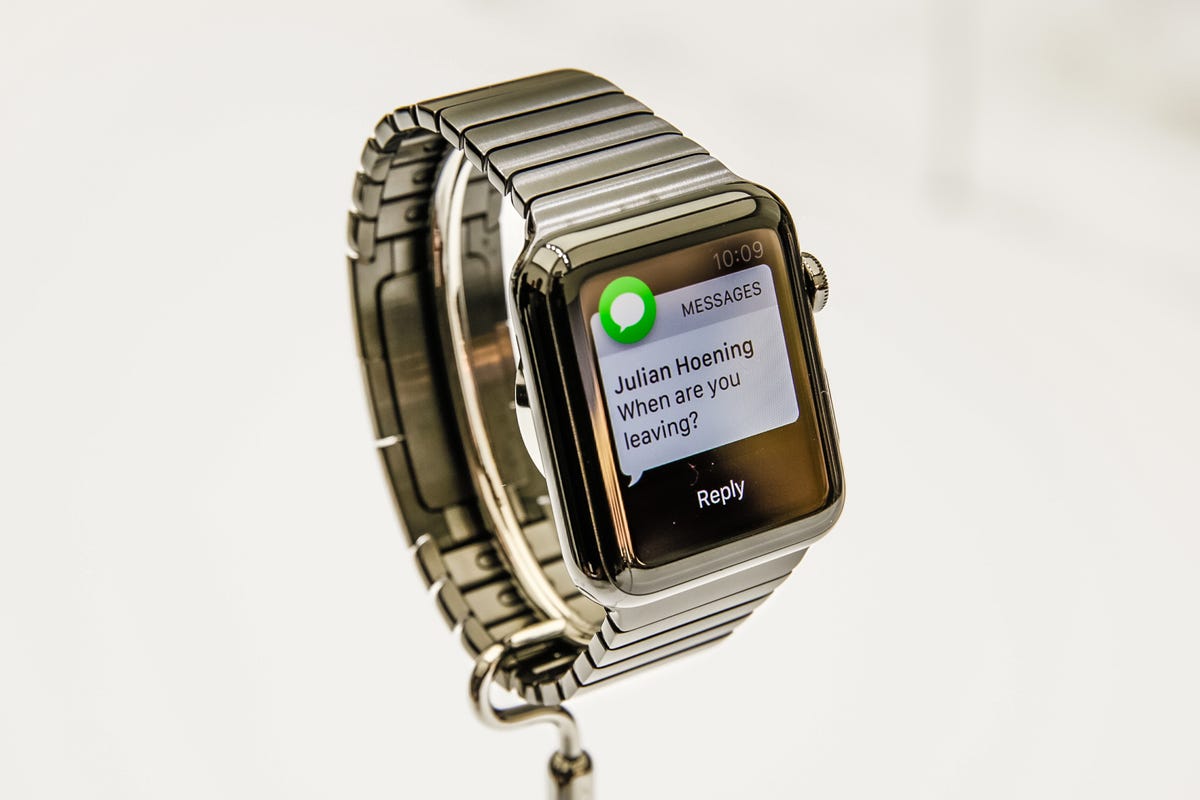

James Martin/CNET
The quest for apps: Apple Watch
Apple’s smartwatch won’t arrive this year, but we got a chance to see one, briefly, in September. It’s already become one of the most recognized and anticipated smartwatches, even though few have even held one. What we did get this year was an Apple Watch SDK, which app developers are already using to work on future Apple Watch apps. Killer watch apps aren’t here yet, but next year they’ll make and break wearables. Apple Watch, along with Android Wear and Samsung’s Gear platform, will advance watch apps to strange new territories. How many emerge, and how good they are, remains to be seen.
Those were the six products that encapsulated the wearable tech landscape for the outgoing year. So what’s on deck for the New Year? Check out my in-depth preview of what to expect for wearables at CES 2015, which is coming up in the first week of January.



